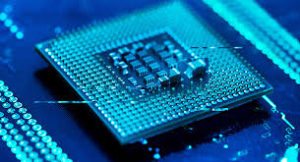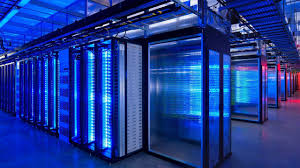The Emergence of High-Performance Computing in the Enterprise
High-Performance Computing (HPC) is projected to be a market that will be worth over USD$44billion by 2022. For the enterprise…
High-Performance Computing (HPC) is projected to be a market that will be worth over USD$44billion by 2022. For the enterprise CIO, computing power is a significant challenge for the future. HPC accommodates for the need for speed and creates enablement for CIOs that just five years ago would be inconceivable.
But what are the drivers for HPC adoption? And how can a CIO build a strategy that draws on HPC technologies? This is a new area for many enterprise IT executives that will only become more critical as the price-point decreases and speed of computation increases.
Supporting Digital Business Models
To understand the trends in HPC, there is a need to acknowledge a key trend in the enterprise. All business models are digital business models.
Already, 44% of organisations have transitioned to a digital-first approach for customer engagement. Being digital-first is a trend which is on the steady increase as our digital footprint extends beyond the core basics of communication and insights.

Being a digital-first organisation is the major priority for every C-suite executive. From a customer experience perspective, the individual has only been more than willing to encourage this trend due to the benefits of digital connectivity.
What this is creating is a digital ecosystem and one which is supported by millions of applications and generating quintillions of bytes of data each day.
The Data Revolution and HPC
HPC is often seen to sit within the realms of institutions with large data sets. Traditionally some of the world’s biggest sat within the fields of science and education. However, the need from the enterprise has developed through the proliferation of data.
Every day, the world creates 2.5 quintillion bytes of data. Over the last two years alone, over 90% of the data that the world has ever generated has been created. This rate of data accumulation growth is putting pressure on businesses to not only manage but have the computing power to analyse critical business insights.
HPC is innovating the way this data is getting analysed. In industries such as FSI, Health, Energy and Utilities and Government, organisations are drawing on best of breed HPC to make sense of the infinite masses of knowledge that they have.
A look at HPC Applications
Finding the right use-case in which to draw upon HPC technology can often be a challenging one. There is no doubt that for many CIOs the data available to be analysed, however the challenge which many face is understanding the outcomes of this analysis.
HPC represents the future of analytics. However, the data being analysed must be aligned with insight and context. Without context, information is meaningless. To get this context, businesses need to ensure they are converging technology and business operations. The team and computers must understand some of the outcomes organisations are trying to achieve.

From the developing case-studies coming out of the enterprise for HPC, it has been noted that organisations should start simple. Look at a simple challenge that the business is having, which has an extreme amount of data and value.
Once you have the challenge, you have a level of control where you can then inject some chaotic analysis to identify trends and movements in mass amounts of data sets. Again once this is done, it is essential to the cycle that context is still applied to the findings.
The Future
The future of HPC in the enterprise is a bright one. HPC represents a significant opportunity for organisations to draw upon a level of computing which many who never have envisioned being able to have access to.
Like with the emergence of all new technologies, adoption will come down to building up an appetite from the business to invest. Some HPC is now managing to conduct over 200,000 trillion calculations per second, and this power is increasing year-on-year. It is up to the CIO to draw attention to this mass power of the computer that is now available and ready to be utilised.





Comments